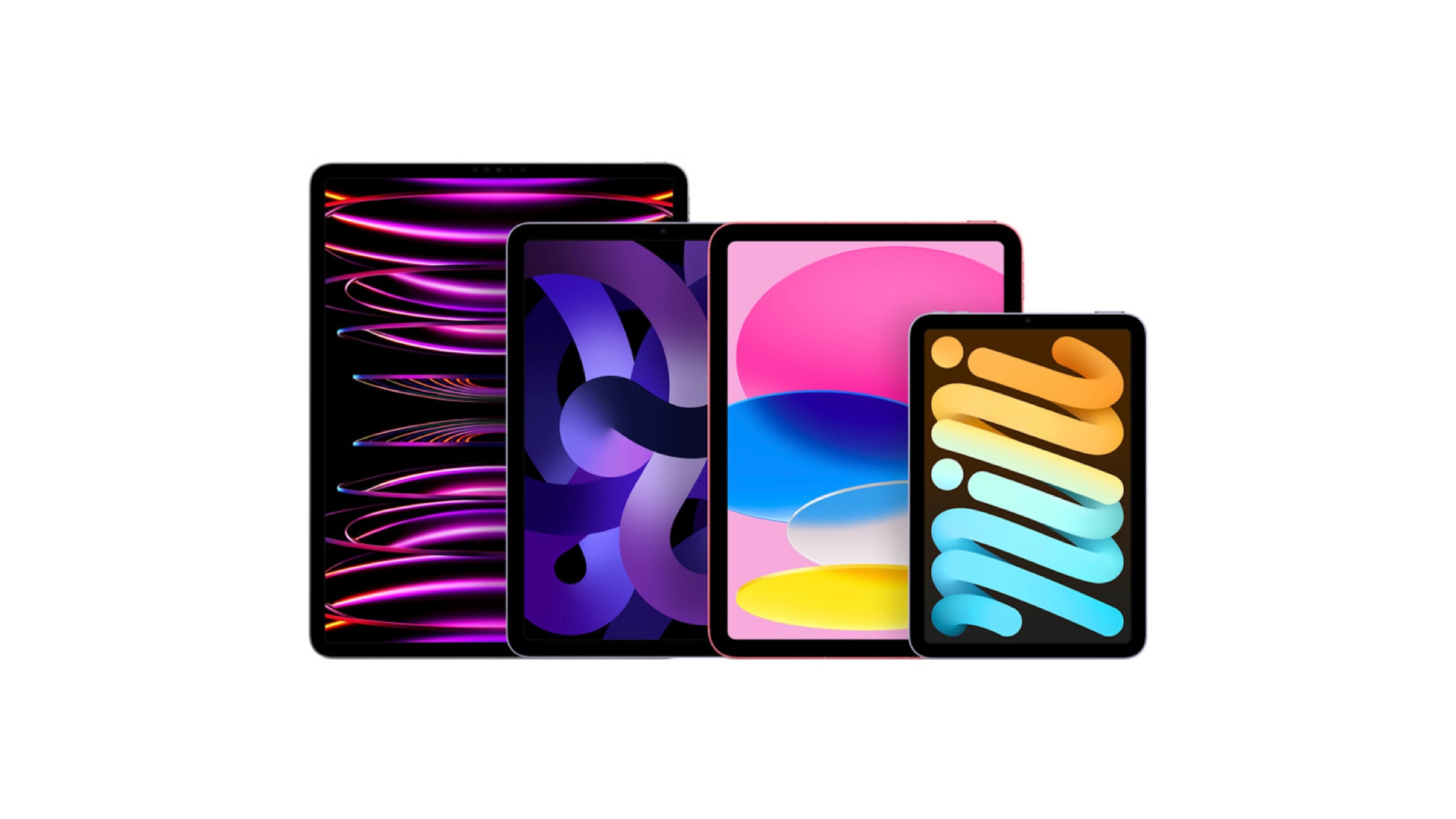Three things Apple needs to do in the next years… even if it does not want to
This article may contain personal views and opinion from the author.

Image Credit - Apple
This is exactly why I have decided to write this article. In the following paragraphs, I will list three big issues Apple needs to address as soon as possible, because they are ticking and waiting to explode. And no one knows just how much time is left before they go off. Diffusing them will likely be painful, but the blast might be lethal.
The iPhone: Why the Pro, Max, Ultra Approach Should Be Fixed

Image Credit - Apple
The fist eye-glaring problem is the lack of adequate differentiation between the different iPhones in Apple’s portfolio. By this I mean that the selling points of the high-end models are somewhat arbitrarily decided and Cupertino deliberately gatekeeps a number of features in order to allow the ‘Pro’ models to shine.
At this point, it is comical to see a $900 iPhone 14 Plus with a 60Hz display in 2023, and 1/4 of the megapixel count of the iPhone 14 Pro, which is only $100 more expensive and comes with the new Dynamic Island design. I am not implying that Apple should just give all the high-end specs to its vanilla iPhones - but surely there is a better way of deciding what counts as a ‘Pro’ feature.
Alternatively, Cupertino should seriously consider having the non-Pro iPhones transition to a bi-annual update cycle. There is a reason why a new iPhone SE is launched every couple of years. If you intentionally want to make the newest features exclusive to the most premium devices in your lineup, why bother to release a half-baked refresh?

Image Credit - Apple
In short, Apple should either (1) give the Pro, Pro Max (or Ultra) iPhones meaningful selling points that live up to their name, (2) adjust the pricing of the vanilla models, or (3) alter the refresh cycle. Only proper lineup differentiation will ensure every consumer has as close to ideal a choice as possible, boosting customer satisfaction and maximizing market share - two things you can never have too much of.
The iPad: Do the M Chip Justice

Image Credit - Apple
Barring the surge of popularity during the COVID-19 pandemic, tablets seem to be a dying breed. Unfortunately, Apple is the manufacturer that should mainly be held accountable for this in light of the company’s key role in the evolution of the form factor.
Despite having the best hardware out there, the iPad Pro lineup is perceived by many as a glorified 10”+ iPhone, with all the limitations that entails. Apple is hindering the potential of the form factor though iPadOS, because it refuses to make it a meaningful alternative to the MacBook. The result - the iPad is, at best, a tertiary device you use alongside your smartphone and laptop.
Frankly, the iPad does not need to run MacOS in order to be more appealing to professionals. There is undoubtedly a better middle ground than the one currently offered by iPadOS and Apple needs to explore it. Only by allowing the iPad Pro to at least partially reach its potential can the entire iPad lineup be fixed.

Image Credit - Apple
Currently, almost everything you can do on Apple’s de facto flagship, you can do on the M1 iPad Air. And that is not how you get people to spend $1000+ on a tablet. No one will profit more from restoring the form factor to its former glory than Apple.
The Apple Ecosystem: Give up on the Anti-Competitive Practices
I have dedicated many articles to Apple’s many underhanded tactics, which enable it to dominate the tech market. They are not only a major source of frustration for users, but also the reason why Cupertino has come under fire repeatedly from legislators around the world. Just like an obsessive partner with trust issues, Apple thinks that if it does not lock users into its ecosystem, they will leave.

Image Credit - Apple
Spoiler alert - they will not. In fact, given just how much Apple stands to lose from non-compliance with regulations, adhering to the methods of the past might prove to be more costly in the long run. Firstly, anti-competitive practices are a double-edged sword, and no one knows when Apple might find itself on the receiving end of them. Just because Apple is in a beneficial position now, does not mean that the tables cannot turn in the future.
Secondly, Apple’s products have enough value as it is. If anything, one of their biggest downsides is precisely the fact that they come with the caveats of the Apple ecosystem. Removing the Lighting Port will not dissuade people from buying AirPods. Implementing sideloading will not stop users from downloading apps from the App Store. Allowing cross-platform support for iMessage will only persuade more people to use it, especially outside of the US.

Image Credit - Apple
If Apple continues to bet on the fact that it will carry on disrupting market rules with impunity it is only a matter of time before someone tries to find a better way of doing so and beats Cupertino at its own game. Even if that does not happen, losing access to the company’s second most important market (i.e. the European Single Market) is a very real possibility that could have severe consequences.
Conclusions: Too Good To Fail
From today’s perspective, it seems like Apple’s position on top of the tech world is impossible to challenge. I would imagine that Blackberry felt just as secure before Steve Jobs unveiled the first iPhone.
A bit of additional profit accumulated through suboptimal devices pales in comparison to what can be gained from launching another best-in-class product. If Apple is to continue its reign, it needs to learn how to lose a battle in order to win the war.









Things that are NOT allowed: